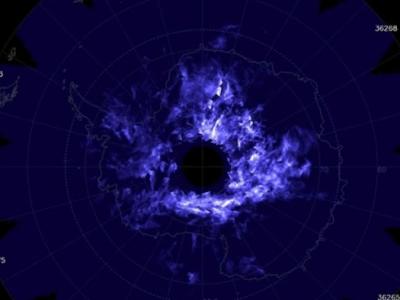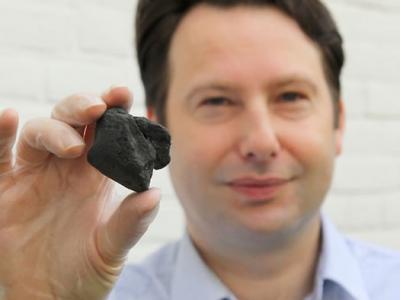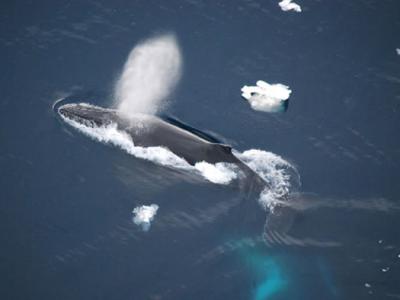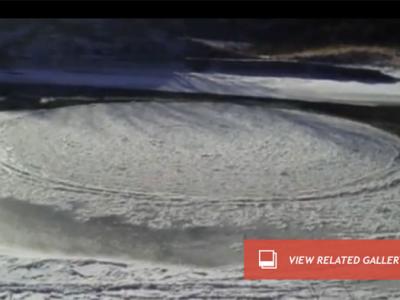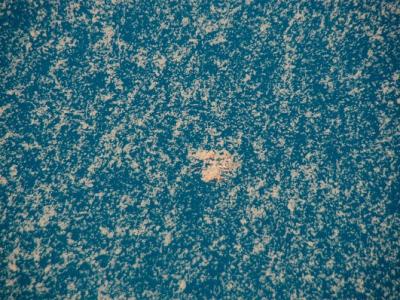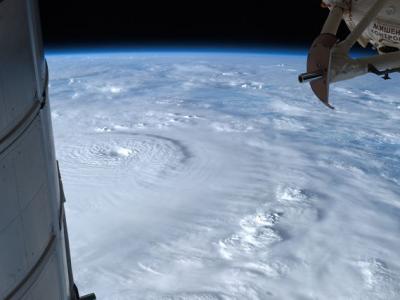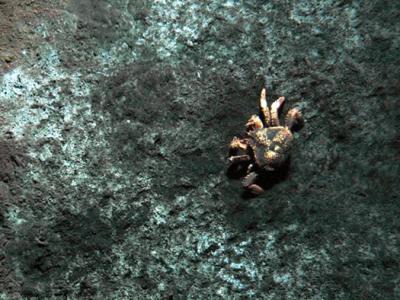Cooling Begins for "Doomsday" Seed Bank
Construction was under way at Svalbard Global Seed Vault on an Arctic island in Norway.
Engineers on Friday began pumping cold air deep into the mountain seed-storage vault, launching a three-month cooling process to achieve a steady temperature of about zero degrees Fahrenheit (-18 degrees Celsius) before the facility opens next February.
The vault was designed to protect the world's seeds in the event of a "doomsday" disaster.
This undated photo was handed out on November 15, 2007, by the Global Crop Diversity Trust.
Photograph by Mari Tefre/AP/Global Crop Diversity Trust/HO
Doug Mellgren in Oslo, Norway
Associated Press
November 15, 2007
Refrigeration units on Friday begin cooling a new "doomsday" vault dug into an already frigid Arctic mountainside to protect the world's seeds in case of a global catastrophe.
Norway blasted the Svalbard Global Seed Vault deep into the permafrost of a remote Arctic archipelago to protect as many as 4.5 million of the world's agricultural seeds from climate change, plant epidemics, natural disasters, and war. The vault is due to open on February 26.
The Svalbard Archipelago, 300 miles (480 kilometers) north of the mainland, was selected because of its remote location far from many threats, as well as for its cold climate and permafrost.
"It's very satisfying to see the vault evolve from a bold concept to an impressive facility that has everything we need to protect crop biodiversity," said Norway's Agriculture Minister Terje Riis-Johansen.
Norway first proposed building what it called a "Noah's Ark" for the world's seeds in June 2005 and started construction a year later, blasting a nearly 400-foot (120-meter) tunnel into a frozen mountain and placing the vault for foil-wrapped seeds deep inside. Each sample will hold about 500 seeds.
Over the next two months powerful cooling units will bring the vault's temperature down to a target of about zero degrees Fahrenheit (-18 degrees Celsius) from its current 23 degrees Fahrenheit (-5 degrees Celsius).
"The seed vault is the perfect place for keeping seeds safe for centuries," said Cary Fowler, head of the Rome, Italy-based Global Crop Diversity Trust, a project partner. "At these temperatures, seeds for important crops like wheat, barley, and peas can last for up to a thousand years."
There are already about 1,400 seed banks, mostly run by countries for their own seeds, but these facilities could be affected by economic problems, wars, political unrest, or natural disasters, people working on the project said.
The project Web site says the national seed bank of the Philippines was wiped out last year by a typhoon and banks in Iraq and Afghanistan have been destroyed by war.
The Svalbard vault is intended as a final backup for all other seed banks.
"The vast collection is intended as a hedge against disaster so that food production can be restarted anywhere on the planet should it be threatened by a regional or global catastrophe," a news release said.
While Norway will own the vault, countries sending seeds will own the material they deposit—much as with a bank safe deposit box.
"We believe the design of the facility will ensure that the seeds will stay well-preserved even if such forces as global warming raise temperatures," said project manager Magnus Bredeli Tveiten of the Norwegian government's Directorate of Public Construction.
Engineers started cooling down the concrete vault with temporary 30-kilowatt refrigeration systems brought in from the mainland. When the target temperatures are reached, a smaller cooling system, as well as the permafrost of the mountain, will maintain the facility's zero-degree temperature.
Copyright 2007 The Associated Press. All rights reserved. This material may not be published, broadcast, rewritten, or redistributed.



